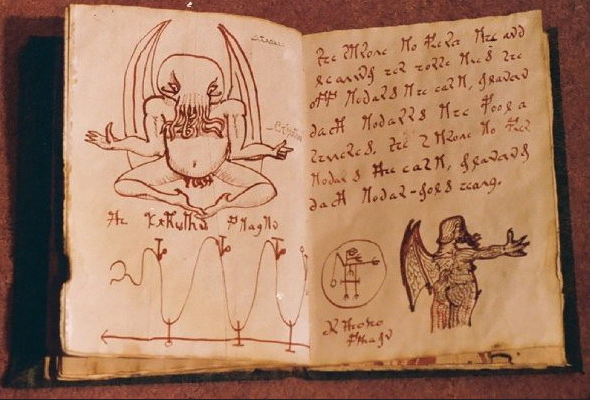

It was only once I had begun corresponding with Parker’s youngest child, his daughter Margaret in 2017, that I began to piece together the story. I was inspired by this confirmation and began to enlist more interlocutors, keeping in mind the twists and turns that the passage of time could bring into play. Monica Carpendale, based in Nelson, BC, the widow of Parker’s late eldest son Blake, confirmed that she had seen it among Parker’s belongings at some point after his passing in 1992. I learned a few years later that The Culture Box manuscript might not actually be permanently missing. It was a pleasant surprise, wrapped in a larger mystery. He graciously participated in a small seminar on his father that my colleague, art historian Adam Lauder, and I held in Oshawa, and brought to our attention a Yousef Karsh portrait photograph of his father, the existence of which not even the Karsh Estate knew about. I initially discovered that Parker’s youngest son, Eric, lived close to me in Toronto. The story of my attempt to find the lost manuscript begins in 2012. Parker’s career as general display chief at the Royal Ontario Museum in Toronto stretched from 1957-1968, and the experimental gallery he mounted at the Museum of the City of New York in 1967 was a touchpoint for his progressive ideas about museums as perceptual laboratories. He was popularly known as the “McLuhan of the museum”. While it is rare that a book manuscript of this sort turns up after so many decades, it should inspire anyone engaged in scholarly sleuth work to stay the course.Ĭanadian typographer, painter and exhibition designer Parker was media thinker Marshall McLuhan’s collaborator and right-hand man. Parker’s book, The Culture Box: Museums are today has resurfaced and awaits publication. Lost for 50 years – from the time of the announcement of its imminent publication by Harper & Row Publishers, with an excerpt in 1972 – the manuscript of Harley W. Then there is a lost work of media criticism from the Toronto School of Communication, the name given to a scholarly community that developed at the University of Toronto between the 1930s and the 1970s.

Hope that helps.Many “lost” manuscripts are literary works, while lost audiovisual media run a close second. Editors give some allowance for an initial submission, so you should be ok.įor help with working within the word limit, you may refer to this piece: 10 Tips to reduce the length of your research paperĪnd for further help, you may of course use a language editing service.

But in case you’ve tried your best and it doesn’t come down any further, you may go ahead and submit it, but inform the editor in your cover letter. In case your manuscript exceeds the count, of course, you should try and reduce the count. So, you should check the guidelines.Ī couple of points more. However, the journal usually specifies this in their author guidelines. The title has its own word limit (say about 10-15 max), so too the abstract (about 200-250 words). The main text and also tables, figures, and captions for them are included in the count. Front matter such as title, author, and abstract and end matter such as references and acknowledgments are typically not included in the manuscript word count.


 0 kommentar(er)
0 kommentar(er)
